Four Reasons Data Builds a Circular Supply Chain
Supply Chain Brain
MAY 5, 2024
Navigating a linear supply chain is like driving down a one-way, dead-end street — movement is forced down a singular path and there’s only one place to go: the garbage.
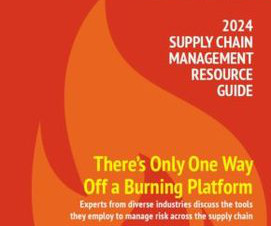
Supply Chain Brain
MAY 5, 2024
Navigating a linear supply chain is like driving down a one-way, dead-end street — movement is forced down a singular path and there’s only one place to go: the garbage.

Logistics Business Magazine
MAY 5, 2024
The UK Material Handling Association (UKMHA) announces Rob Fisher (pictured) as its Chief Executive Officer, effective July 1st, 2024. Rob Fisher will succeed Tim Waples, Chief Executive UKMHA, whose retirement was announced earlier in the year, and Cameron Burnett, CEO Designate. Under Waples’ stewardship, which dates back to 2020 when BITA and FLTA combined, UKMHA has flourished.
This site is protected by reCAPTCHA and the Google Privacy Policy and Terms of Service apply.
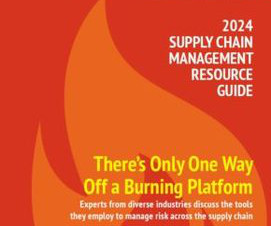
Supply Chain Brain
MAY 5, 2024
The largest multinational companies across multiple sectors are demonstrating a lack of real progress in addressing forced labor in supply chains.

Supply Chain Brain
MAY 5, 2024
Load optimization software streamlines the transportation planning process, enhances operational efficiency, reduces costs, and minimizes environmental impact.

Speaker: Ethan Woolley, Director at Kharon
This webinar will explore how companies can proactively address compliance risks–rather than reactively responding to–UFLPA enforcement actions. Ethan Woolley will provide insights into the latest CBP enforcement trends, entity list updates, and industries under increased scrutiny, with a look at potential shifts under the Trump administration. Ethan will also explore how predictive data and strategic due diligence can help organizations stay ahead of regulatory challenges and strengthen complia
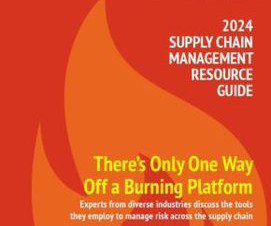
Supply Chain Brain
MAY 5, 2024
Companies need to take an integrated approach to improving the environmental performance of their warehouses. Experience shows that allowing for key factors at the outset can make the journey easier.
Logistics Brief brings together the best content for Logistics and Warehousing professionals from the widest variety of industry thought leaders.
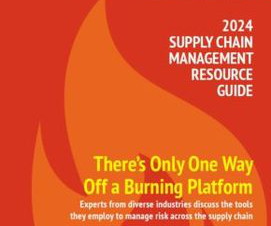
Supply Chain Brain
MAY 5, 2024
The performance and risk of an organization’s third-party ecosystem, including suppliers, vendors and service providers, are becoming increasingly linked to its business reputation, ethos and even its continued viability.
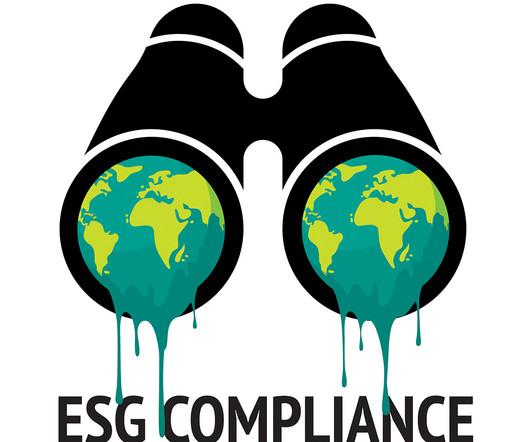
Supply Chain Brain
MAY 5, 2024
Editor's Letter: When it comes to “social sustainability,” or human rights, much of the corporate world is still unprepared for the regulations and legislation that they’ll be encountering.
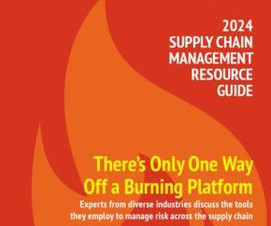
Supply Chain Brain
MAY 5, 2024
Traditional linear models of production and consumption, characterized by "take-make-dispose" processes, have led to significant environmental degradation and resource depletion.
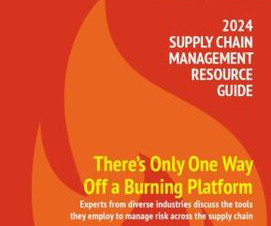
Supply Chain Brain
MAY 5, 2024
As a supply chain organization, you are uniquely positioned to impact your own emission-reduction goals, as well as those of your upstream and downstream partners — so-called Scope 3 emissions.
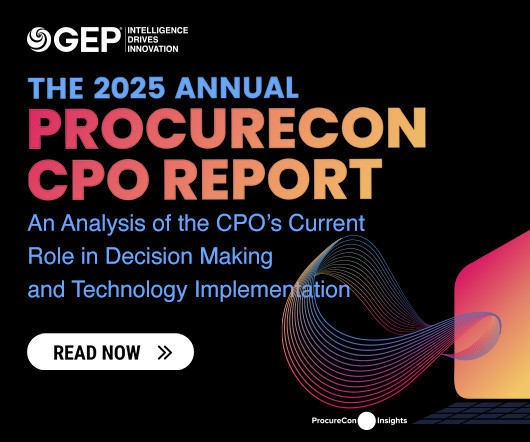
Advertiser: GEP
Procurement leaders are at a pivotal moment. With CPOs playing an increasingly strategic role, it’s time to leverage innovation and technology to drive resilience and efficiency. Download The 2025 Annual ProcureCon CPO Report to uncover key insights to thrive in a dynamic procurement landscape. What’s Inside: How CPOs are driving strategic decision-making and technology adoption The top priorities and challenges for procurement in 2025 Why AI, sustainability, and data analytics are essential for
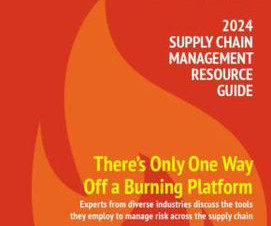
Supply Chain Brain
MAY 5, 2024
Nearshoring satisfies customer demand, contributes to ESG goals, and creates a foundation for supply chain resiliency.
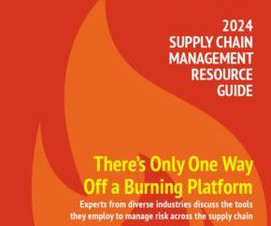
Supply Chain Brain
MAY 5, 2024
The manufacturing industry is in the midst of a digital revolution, with AI taking the spotlight and being deployed on a broader scale, allowing companies to elevate their sustainability efforts.

Supply Chain Brain
MAY 5, 2024
Although Houthis have regularly hit vessels in the southern Red Sea and Gulf of Aden since November 2023, there's little evidence they can do so beyond those waters.
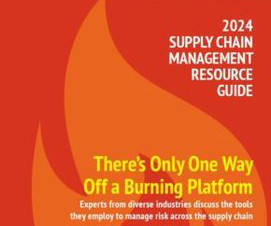
Supply Chain Brain
MAY 5, 2024
With transportation contributing to 16.2% of global emissions, embracing sustainability in all transportation modes is essential for long-term success and a greener future.
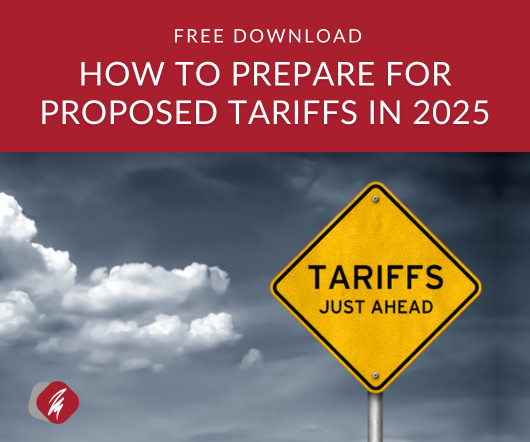
Advertisement
The global trade landscape is shifting. If President Trump’s proposed tariffs come into effect, they will impact your logistics in significant ways. Our free guide provides essential insights for consumer brands and manufacturers. It is crucial to understand what these challenges mean for your logistics operations, and more importantly, how to prepare.
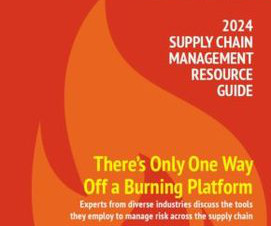
Supply Chain Brain
MAY 5, 2024
For process manufacturers, a more sustainable plant is also more profitable, productive, efficient and resilient. Smart digitization strategies can help plants identify opportunities for improvement.
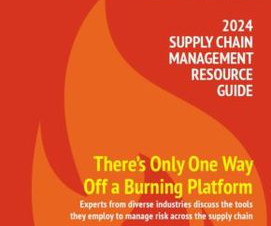
Supply Chain Brain
MAY 5, 2024
Sustainability is a growing priority as investor and consumer pressure mounts, and governments around the world enact regulations that require organizations to report on emissions and climate-related risks.
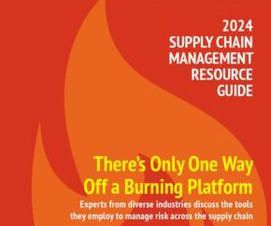
Supply Chain Brain
MAY 5, 2024
The goTRG & SupplyChainBrain Retail Returns Sustainability Report 2024 presents insights from our co-branded survey exploring the evolving landscape of sustainable practices within the retail industry.
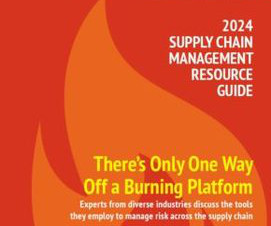
Supply Chain Brain
MAY 5, 2024
Consumers demand that stakeholders within the supply chain behave as socially responsible corporate citizens. Not only is this a business necessity; it also makes the world a better place.

Advertiser: GEP
Tariffs will have a major impact on your supply chain, margins, and operations. Drawing on our work with global companies across manufacturing, automotive, pharmaceuticals, semiconductors, software, technology, financial services, and a range of service industries, we outline the key strategic and tactical actions companies are taking to navigate this period of heightened uncertainty.
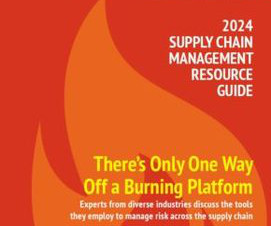
Supply Chain Brain
MAY 5, 2024
When it comes to supply chain ESG, most companies have a lot of work ahead to achieve the deepest levels of program maturity. But it’s worth the effort.
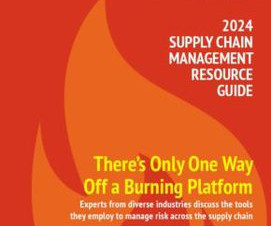
Supply Chain Brain
MAY 5, 2024
Environmental, social and governance (ESG) regulations continue to proliferate and take on dimensions of complexity that are creating challenges for global organizations to even comprehend, let alone comply with.
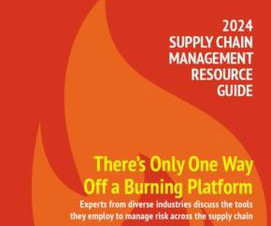
Supply Chain Brain
MAY 5, 2024
Increasing pressures from investors and customers, coupled with a surge in climate change regulations, are forcing supply chains to transition to sustainable practices and curb their carbon footprint.
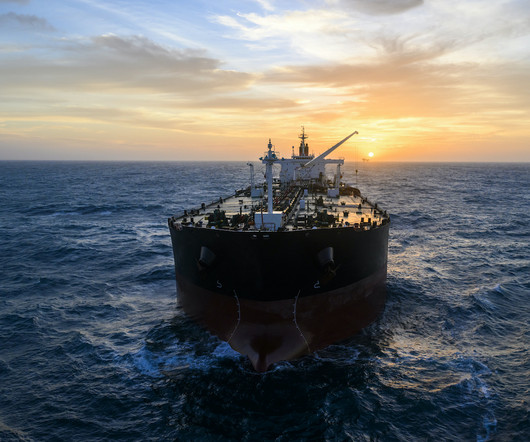
Supply Chain Brain
MAY 5, 2024
When sanctions were placed on Russian oil sales following the war in Ukraine, the Laconian Gulf became a key spot for switching cargoes between vessels, prompting environmental concerns.
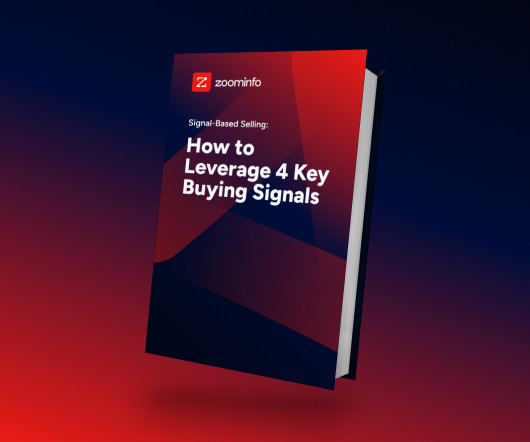
Advertiser: ZoomInfo
As prospects define their problem, search for solutions, and even change jobs, they are generating high-value signals that the best go-to-market teams can leverage to close more deals. This is where signal-based selling comes into play. ZoomInfo CEO Henry Schuck recently broke down specific ways to put four key buying signals into action with the experts from 30 Minutes to President’s Club.
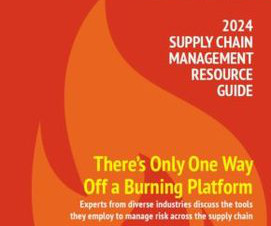
Supply Chain Brain
MAY 5, 2024
Sustainability shouldn’t be isolated from business growth. Shippers, customers, carriers and investors can simultaneously reduce environmental impact while advancing their economic interests.
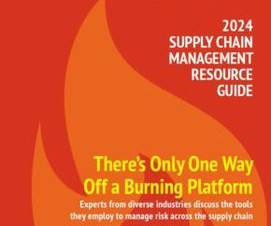
Supply Chain Brain
MAY 5, 2024
A data- and technology-driven solution will minimize the industry’s carbon footprint, and bring it into line with global sustainability goals.

Supply Chain Brain
MAY 5, 2024
AI is emerging as a powerful tool for businesses to reduce waste in their supply chains. It can help optimize processes, predict demand more accurately, minimize waste and improve efficiency.
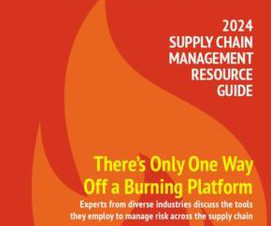
Supply Chain Brain
MAY 5, 2024
To ensure the success of sustainable supply chain transformation, companies must back their plans with real-life data.

Advertiser: GEP
For years, you and your team have fought an uphill battle. Supply disruptions. Cost pressures. ESG compliance. You name it, and you’ve had to navigate it. In 2025, many challenges will persist, but procurement and supply chain teams have a powerful tool with rapidly advancing capabilities to tackle them — artificial intelligence (AI). The GEP Outlook 2025 report examines the disruptive transformation AI is driving in procurement and supply chains, alongside other key trends and the macroeconomic

Supply Chain Brain
MAY 5, 2024
Companies need to accurately calculate their global supply chain emissions, comply with the new sweeping climate disclosure regulations, and create a supportive climate information-sharing ecosystem.

Supply Chain Brain
MAY 5, 2024
The environmental benefits of deploying AI may be overridden by the energy needed to power the technology.
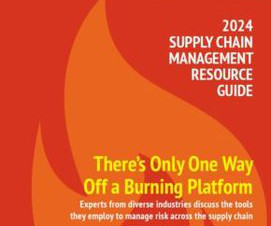
Supply Chain Brain
MAY 5, 2024
Supply chains need to take four key steps to become transparent and accountable for their carbon emissions.
Let's personalize your content